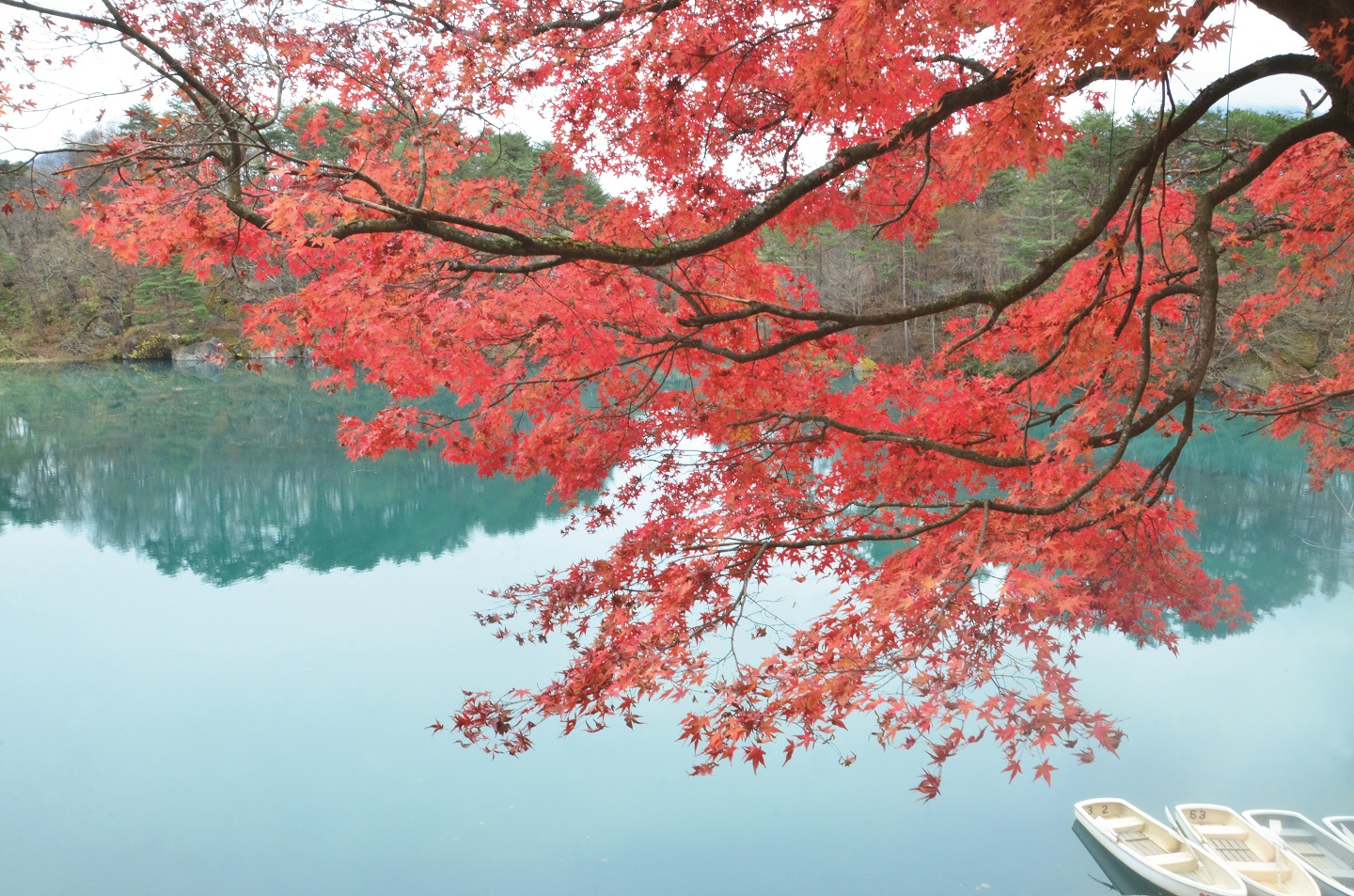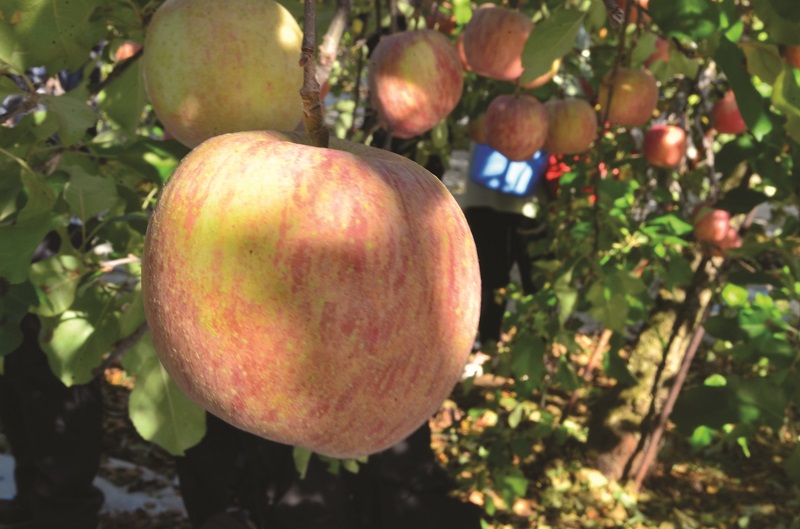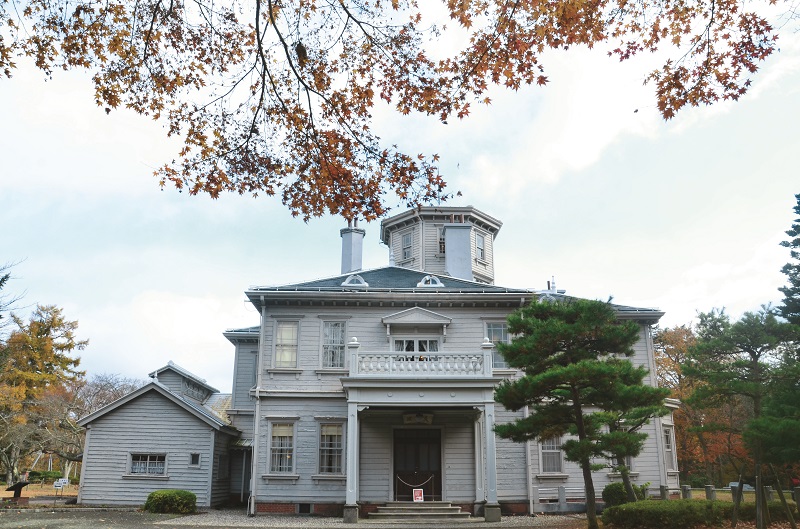
(All photos by Jenny Ng)
Unlike Hokkaido or cities like Tokyo, Osaka or Kyoto, Fukushima is not a popular destination among Malaysian holidaymakers to Japan. Certainly, the nuclear disaster at Fukushima Dai-Ichi resulting from the 2011 earthquake and tsunami did little to burnish the region’s standing as a tourist attraction. But adventurous Nippon-philes who prefer the road less travelled may want to consider adding Fukushima to their itinerary or miss out on a beautiful region with unique culture and history.
Fukushima has become renowned for the Tohoku earthquake and tsunami that devastated parts of the region, but it is much more than that. First, there is Fukushima Prefecture, which forms one of Japan’s 47 prefectures — the equivalent to states in other countries. Then there is Fukushima City, the capital of the prefecture.
Fukushima Prefecture is the southernmost prefecture of the Tohoku region and Japan’s third largest at 13,783 sq km — just a tad bigger than the state of Terengganu. The region is easily accessible via rail and air. Our group, comprising mainly tourism industry players, reached Fukushima City in under two hours on the Shinkansen or bullet train from Tokyo on a bright but slightly nippy November morning.
Fukushima (I will refer to the prefecture this way for the rest of the article) is divided by mountain ranges and highlands into three regions: Hamadori by the coast, Nakadori in the central area and Aizu in the west.
During our two days in Fukushima, we spent most of our time inland in the mountainous Aizu area.
On day one, once we landed at Narita Airport at sunrise, we were quickly whisked to Ueno station and onto the Shinkansen to Fukushima city, covering a distance of 200km. Before 11am, we found ourselves in a meeting with officials from the Fukushima Prefectural government, during which we were briefed on the area’s geography, economy, trade and culture.
Fukushima is big on agriculture and is famous for its rice and fruits, especially peaches. Dubbed the “fruit kingdom”, it is the second largest producer of peaches in Japan.
But how safe is the agricultural produce? The Fukushima Daiichi Nuclear Power Plant is located on the coast, some 80km from Fukushima City. The 2011 magnitude 9 earthquake and tsunami caused meltdowns at the nuclear plant, forcing 150,000 people living within 20km of the plant to be evacuated from their homes. Six years on, certain parts remain off limits as evacuation orders are lifted progressively.

Concerns over radiation of soil and agricultural products led to massive decontamination efforts, along with implementation of food inspections and other efforts.
“We check the produce and we’re eating the same produce. Every country has its standards on food safety. Japan has its own. Here in Fukushima, we check everything. For example, we check every bag of rice and there are 10 million bags each season. No bag has tested over the limit,” says Justin Velgus from the Fukushima Trade Promotion Council.
Velgus is an American who studied in Akita, also within the Tohoku region comprising the five prefectures of Aomori, Fukushima, Iwate, Miyagi and Yamagata. He fell in love with the region and returned to teach English before eventually joining the Fukushima Prefectural Government.
Malaysia is a big supporter of Fukushima agricultural produce, importing up to 7.31 tonnes of peaches — close to half of the fruit produced there — in the year to March 2017. Japan exported a total of 9.5 tonnes of peaches to Malaysia during the period, which means Fukushima peaches account for a 76.8% share.
During the same period, Malaysia also bought rice, broccoli, green onions and persimmons and other fruits from Fukushima.
Velgus explains that before the Tohoku earthquake, Fukushima did not promote its agricultural products to export markets as aggressively as it does now. But food safety fears from within Japan itself in the early days following the triple disaster prompted the prefecture to diversify its market.
“We had to export to other countries to diversify our markets and looked overseas. In a way, we’re recovering and exports are helping our farmers indirectly,” Velgus says.
With the issue of food safety addressed, we headed to an apple orchard after tucking into our bento lunch box.
Fruit picking is a major tourist activity here, in an area at the foot of Mount Azuma known as the “fruit line”, which is lined with orchards. Visitors can pick a variety of fruits ranging from grapes, peaches, apples, persimmons, cherries and strawberries almost the whole year round.
At the apple orchard we visited, we were briefed on the techniques, one of which was to pick apples with yellow bottoms as these are considered literally ripe for the picking.

From there, we headed up the mountains to Bandai Azuma Skyline — a scenic road lined with trees that passes the crater of Mount Azuma. The autumn foliage set the mountains ablaze with vibrant hues of red, yellow and orange. But the landscape becomes bleaker closer to the crater, which can be reached via a hiking trail.
On day two, we made our way to Goshikinuma — which means “five coloured lakes” — comprising a cluster of five lakes at the foot of Mount Bandai. The lakes were created in the eruption of Mount Bandai in 1887, which deposited minerals, giving the lakes delicate colours that change by the day and season.
The contrast of red maple and cherry leaves against the emerald green, cobalt blue or turquoise of the lakes — depending on which one it is — painted a beautiful picture while the koi fish at play were a delight to watch. We left the place a group of happy travellers and only wished there was time to explore the trails around the lakes.
The next stop was Aizu Tsurugajo Castle in Aizuwakamatsu where we each painted an Akabeko doll before a tour of the centuries-old site. The castle was built in 1384 and was the administrative and military centre of the Aizu region until 1868.
It was rebuilt in the 1960s and renovated as recently as 2011. The museum in the castle offers a history of its inhabitants comprising feudal warlords and samurais who ruled the Aizu region.
A climb to the top of the tenshu or tower offers panoramic views of Aizu while the surrounding park is pleasant for walks.
A trip to Fukushima would not be complete without a visit to Ouchi-Juku, a village along an ancient trade route linking Aizuwakamatsu with Imaichi, a post town on the Nikko Kaido Route in Tochigi Prefecture, during the Edo period.

The village is simply street-lined with thatched roof cottages selling local food and crafts. A short climb up a flight of steps leads to a shrine nearby, offering a view of the village. The village is so well preserved that anyone who has watched any of Akira Kurosawa’s samurai movies can imagine the warriors marching down the street on horseback.
After a taste of the Edo period, we caught a glimpse of the Meiji era the following day when we visited Tenkyokaku (which means “The Palace of Heaven’s Mirror”), a villa facing Lake Inawashiroko that was built by the Imperial Prince Arisugawa Takehito in 1908. The lake and a Chinese poem inspired the Crown Prince Yoshihito (the emperor of the Taisho era) to name the villa Tenkyokaku.
Although the view of the lake is now covered by thick trees, the place is still worthy of its name for I found its tranquillity — disturbed only by the rustle of autumn leaves as the wind blew — heavenly indeed.

The imperial Prince Takamatsu Nobuhito granted the villa and its site, including the surrounding forests, to Fukushima Prefecture in 1952.
We headed back to Tokyo after a five course Sichuan-styled lunch in Fukushima City. Over the 2½ days, we got our appetites whetted on the fresh local produce, cuisine, crafts and picturesque landscapes, leaving with a yearning to discover more of Fukushima.
Why Fukushima?
This writer’s trip to Fukushima, Japan, was sponsored by Japan Airlines (JAL), the Fukushima Prefecture Government and Japan National Tourism Organisation.
JAL has various programmes to support the residents of Fukushima and its recovery. It has been running “Visit Tohoku!” since June 2013 through a variety of activities that contribute to the reconstruction of the region.
“JAL also supports the recovery efforts in Kyushu Island, which was struck by an earthquake in 2016. For Fukushima, we want to show that it is still attractive and there are many activities here,” says Tomohiro Sakaguchi, JAL’s country manager for Malaysia.
One of its projects is the Tohoku Cotton Project. In many areas in Tohoku, growing rice is no longer possible due to the salt damage from the tsunami. The project supports the region’s recovery by commercialising the cultivation of cotton in these areas. The cotton harvested has been used to make scarfs bearing JAL logos.
In 2014, JAL also ran a programme for frequent flyers to donate their air miles to the Let the Fukushima Children Play charity project. JAL matched each mile donated with a yen.
The funds raised were used to develop safe and secure environments for children to play and learn after school hours and extended holidays. This was because some children had limited opportunities to play outdoors due to the relatively high radiation levels in certain areas.
A total of 2,205,000 miles were donated.
Jenny Ng is an executive editor with The Edge Corporate Desk. This article first appeared on Jan 1, 2018 of The Edge Malaysia.


